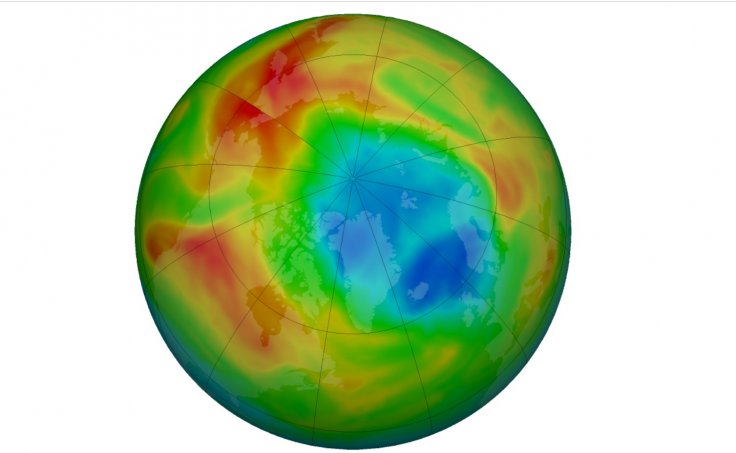
The ozone layer is basically a shield in the earth's atmosphere which is responsible for absorbing harmful ultraviolet rays that reach the planet. However, several studies have revealed that the ozone layer used to get depleted due to emissions of gases like chlorofluorocarbons. Now, a new study has suggested that a confluence of atmospheric events has resulted in the largest ozone hole ever measured above the Arctic.
What caused this giant ozone hole?
According to experts, a powerful polar vortex has trapped frigid air in the atmosphere above the North Pole. This phenomenon allows high-altitude clouds to form in the stratosphere, and this is where the ozone layer is located. In these clouds, ozone destructive layers like chlorofluorocarbons are already present. These gases used to react with ultraviolet rays from the sun to release chlorine and bromine atoms, which gradually deplete the ozone layer in the atmosphere.
These conditions are usually present in the Southern Hemisphere, and as a result, the ozone layer above Antarctica tends to get depleted. However, contrary to this belief, the ozone layer above the Northern Hemisphere was found to have thinned by about 40 per cent in 2011, and this year, a new record was set, as researchers noted a one million square kilometer hole on the ozone layer above the Northern Hemisphere.
Researchers at the European Space Agency who took part in the study revealed that the depletion in the ozone layer will not create adverse effects on humanity. The sun is just now starting to peek over the horizon following the end of winter in the Northern Hemisphere.
Household material that slows down down ozone layer healing process
A few months back, a study report had revealed that small levels of iodine in the earth's stratosphere are actually slowing down the healing process of the ozone layer.
"The impact is maybe 1.5 to 2 percent less ozone. That may sound small, but it's important," said Theodore Koenig, a postdoctoral researcher at CIRES, who led the study.








